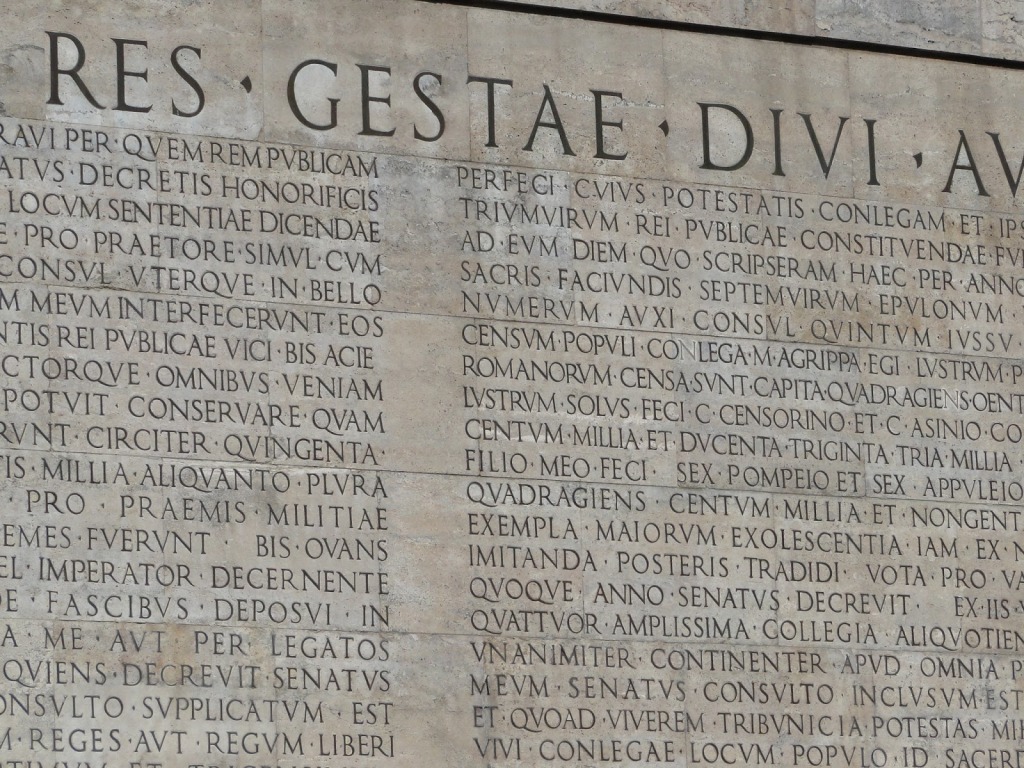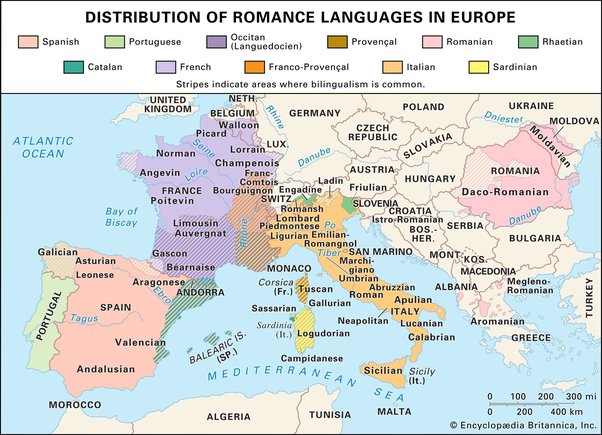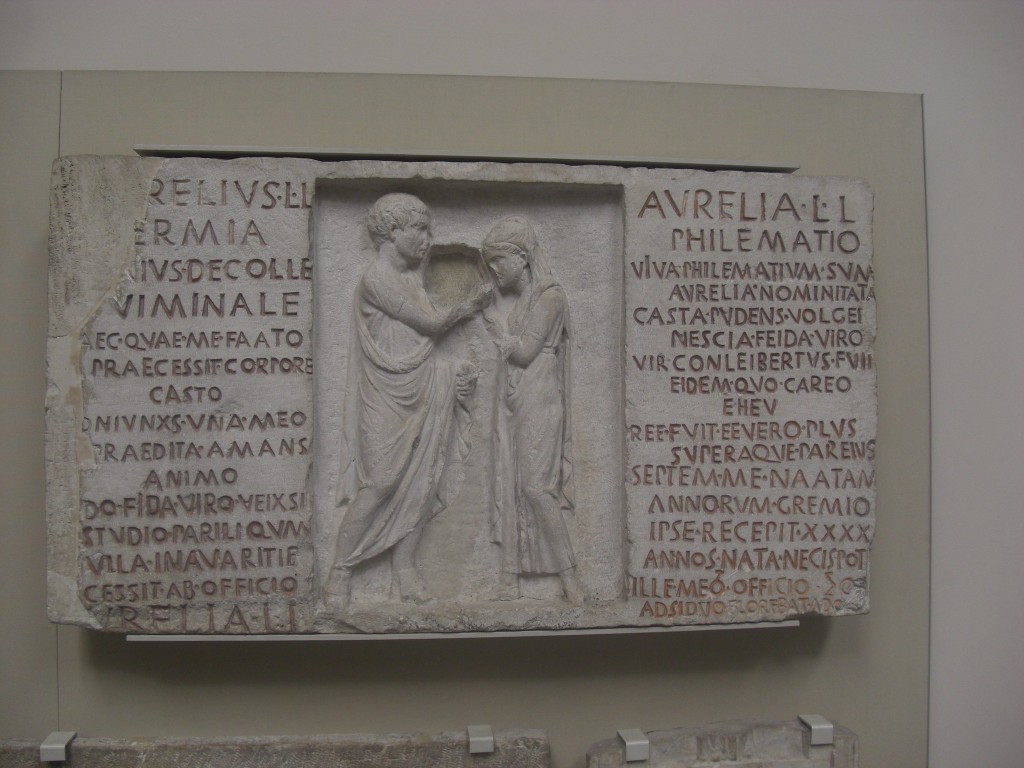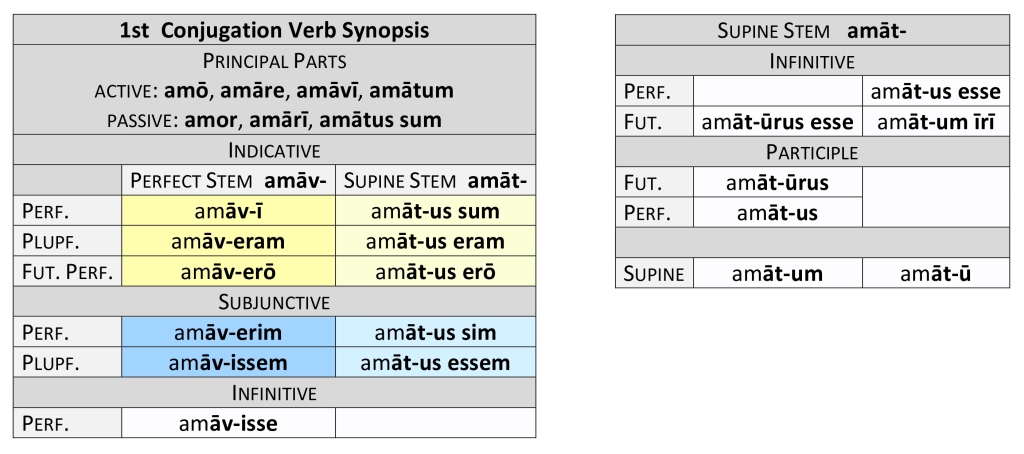Latin
Latin, originating in the region of Latium in central Italy, is a classical language that profoundly influenced the development of Western civilization.

It emerged around the 8th c. BC and evolved over time into various forms, including Old Latin, Classical Latin, Vulgar Latin, and eventually the Romance languages. As the language of the ancient Romans, Latin played a central role in politics, law, literature, religion, and education throughout the Roman Republic and Empire. Its influence extended far beyond the borders of Rome, permeating the languages, cultures, and societies of Europe, the Mediterranean region, and beyond.
Latin’s grammatical structure, with its highly inflected nouns, verbs, and adjectives, facilitated precise expression and rhetorical eloquence, making it an ideal medium for literature, philosophy, and scientific inquiry. Although Latin ceased to be a spoken language in the medieval period, it remained the lingua franca of scholarship, diplomacy, and the Catholic Church in Europe for centuries.

Today, Latin continues to be studied and appreciated for its historical significance, its enduring legacy in the fields of law, science, and academia, and its profound impact on the development of the Romance languages.
Alphabet
The Latin alphabet, derived from the earlier Etruscan alphabet, is the writing system used for the Latin language and has become the basis for numerous alphabets around the world. Consisting of 23 letters in its classical form, the Latin alphabet evolved over time to include additional letters and diacritical marks to accommodate the phonetic needs of different languages.
The Latin alphabet is written from left to right and has been adapted to various writing materials, including parchment, papyrus, and later, paper. Its widespread adoption was facilitated by the expansion of the Roman Empire, which spread Latin culture and literacy throughout Europe and beyond.

The Latin alphabet remains in use today as the standard script for numerous languages, including English, French, Spanish, Italian, and German, among others. Its enduring legacy as a tool for communication, education, and cultural expression underscores the importance and versatility of this ancient writing system.
Dialects
Latin dialects refer to the regional variations and linguistic differences that existed within the broader Latin language during its historical development. These dialects emerged due to geographical, social, and cultural factors across the vast expanse of the Roman Empire. Among the notable Latin dialects were Classical Latin, spoken in Rome and central Italy, which served as the literary and administrative standard of the Roman Republic and Empire.

Vulgar Latin, on the other hand, encompassed the spoken varieties of Latin used by common people throughout the Roman world, exhibiting regional differences in pronunciation, vocabulary, and grammar. As the Roman Empire expanded, local languages and dialects influenced Vulgar Latin, giving rise to distinct Romance languages such as Italian, French, Spanish, Portuguese, and Romanian.
While Classical Latin remained the language of literature, law, and religion, Vulgar Latin evolved into the vernacular tongues of Europe, each with its own rich linguistic heritage. Through the study of Latin dialects, linguists gain insights into the dynamic processes of language change and the cultural diversity of the Roman world, highlighting the complex interplay between linguistic, social, and historical factors in shaping human communication.

Grammar
Latin grammar, renowned for its precision and complexity, is a hallmark of the language’s enduring legacy. Rooted in the Indo-European linguistic family, Latin features a highly inflected system in which words change their forms to indicate grammatical relationships such as case, number, gender, and tense. Nouns, pronouns, adjectives, and verbs are all inflected to convey precise meanings and relationships within sentences.
Latin nouns are declined in six cases—nominative, genitive, dative, accusative, ablative and vocative—and can be singular or plural, with three grammatical genders: masculine, feminine, and neuter. Verbs are conjugated to express tense, mood, voice, and person, with six main tenses in the indicative mood and various forms for the subjunctive, imperative, and infinitive moods. Latin also features a sophisticated system of participles, gerunds, and supines, adding depth and flexibility to its expression.

Additionally, Latin grammar includes various syntactical structures such as subordinate clauses, indirect speech, and complex sentence constructions, which contribute to its rhetorical richness and literary elegance. Through the study of Latin grammar, scholars gain insight into the language’s historical development, its influence on other languages, and its enduring impact on literature, law, science, and culture throughout the Western world.
Resources
Learning Latin through Minecraft
Cambridge Latin Course
Book I and accompanying online activities
Book II and accompanying online activities
Book III and accompanying online activities
Book IV and accompanying online activities
Book V and accompanying online activities
University Courses
Continuing Classical Latin (Open University Course)
Discovering Ancient Greek and Latin (Open University Course)
